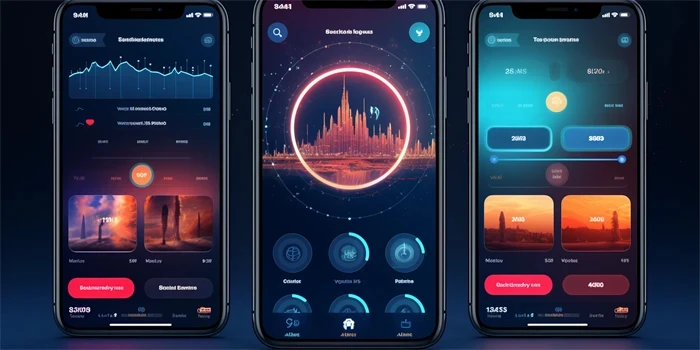YouTube has become one of the most popular platforms for watching and sharing videos, with millions of users worldwide. As videos accumulate views, many creators wonder about the financial incentives associated with their content. This article aims to provide an objective analysis of the percentage of views on YouTube and its implication on earning money.

1. YouTube Partner Program:
Creators can apply for the YouTube Partner Program (YPP), which allows them to monetize their content through advertisements. However, the number of views alone does not determine the earnings. Factors like video engagement, ad formats, targeting, and viewer location play a significant role in revenue generation.
2. Advertising Revenue:
YouTube splits advertising revenue with creators through AdSense. The revenue generated depends on the ad formats used, such as pre-roll ads, mid-roll ads, or display ads. Additionally, ad-blocker usage and engagement levels affect earnings, along with the overall market demand for ads.
3. Earnings per Thousand Views (CPM):
CPM (Cost per Mille) is a measure of how much advertisers pay for one thousand ad impressions. CPM varies based on factors like the target audience, ad type, and content category. Creators earn a percentage of the CPM, which can range from a few dollars to several dozen dollars.
4. Ad Placement and Viewability:
The placement of ads in videos affects the viewability and eventual earnings. Mid-roll ads, for instance, may be skipped by viewers, thereby impacting the overall revenue potential. Ad placement strategies need to be carefully designed to balance viewer experience and revenue generation.
5. YouTube Premium:
Creators receive a share of the revenue generated from YouTube Premium subscribers who watch their content. This provides an additional revenue stream, but the percentage may vary based on factors such as a creator’s prominence and the number of overall views.
6. Sponsored Content:
Many creators earn money through brand partnerships and sponsored content. While this revenue does not directly correlate with views, higher view counts increase their appeal to potential sponsors, leading to better financial opportunities.
7. Viewer Demographics:
The demographics of a creator’s audience can affect the types of ads they receive and the revenue generated. The purchasing power and interests of viewers influence ad targeting, thereby impacting earnings.
8. Channel Growth Opportunities:
Higher view counts can attract more subscribers, thus expanding a creator’s audience. In turn, this increases the potential to earn money through merchandise sales, fan funding, or collaborations and partnerships.
9. Content Length and Ad Density:
Creators need to consider the length of their videos and the number of ads they include. Longer videos provide more opportunities for ad placement but may also result in viewer fatigue, leading to lower engagement and earnings.
10. Seasonality and Trends:
Certain content may experience seasonal spikes or follow popular trends. Creators who tap into these trends, optimize their videos accordingly, and gain higher view counts within the trending period can benefit from increased advertising revenue.
11. Copyright and Content Ownership:
Creators need to ensure that they have the necessary rights to monetize their content. Copyright claims and disputes may reduce or eliminate potential revenue, so properly managing intellectual property is crucial for long-term financial success.
12. Channel Size and Reach:
Larger channels often attract more advertisers, allowing creators to negotiate better deals and potentially earn more from their views. Building a substantial subscriber base and consistently producing quality content is vital for sustained financial growth.
13. External Promotion and SEO:
Creators who actively promote their videos outside of YouTube and optimize their content for search engines increase the likelihood of higher view counts. More views lead to enhanced revenue potential through the platform’s monetization programs.
14. User Retention and Watch Time:
YouTube’s algorithms consider user retention and watch time when determining video rankings and suggested content. Creators who prioritize creating engaging videos that retain viewers and encourage longer watch times are more likely to attract higher view counts and increased earnings.
15. Multi-Channel Networks (MCNs):
Joining an MCN can provide creators with additional resources, promote their content to wider audiences, and secure better advertising deals. However, creators should thoroughly research and understand the terms and conditions of such partnerships to ensure fairness in revenue sharing.
In conclusion, while the percentage of views on YouTube influences creators’ earnings, it is important to consider various elements that impact revenue generation. From advertising revenue and sponsored content opportunities to viewer demographics and content optimization, creators must strategically navigate the platform to maximize their financial potential.
References:
1. YouTube Creator Academy: https://www.youtube.com/creatoracademy
2. HubSpot – How to Make money on YouTube
By Name of the Author: [Author’s Name]
Image Source: [Image Description] – [Author’s Name]








